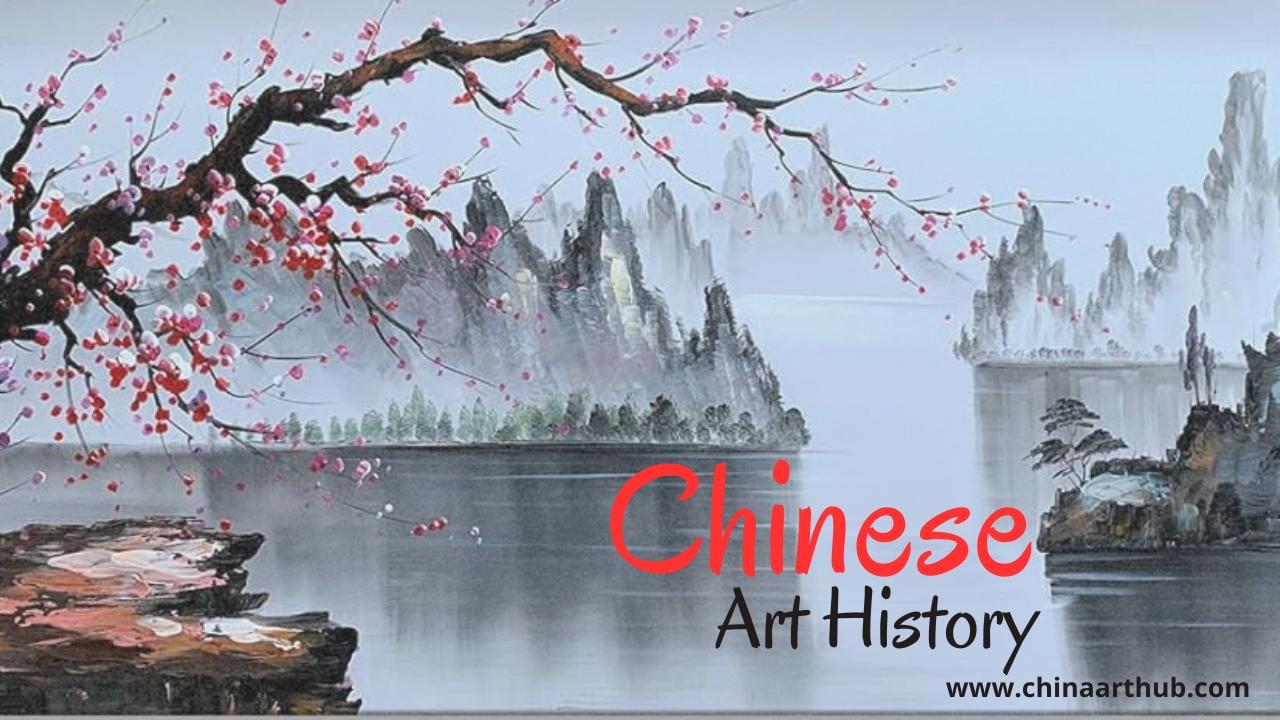Chinese art history is a journey through time, reflecting the nation’s deep cultural, spiritual, and philosophical traditions. Spanning thousands of years, it encompasses various dynastic periods, each leaving a unique mark on artistic expression. From intricate jade carvings of the Shang Dynasty to the mesmerizing landscape paintings of the Song Dynasty, Chinese art has evolved through diverse styles, mediums, and influences.
The Foundations of Chinese Art
The origins of Chinese art history can be traced back to prehistoric times when early inhabitants crafted pottery and jade artifacts. By the Shang and Zhou Dynasties (1600–256 BCE), bronze casting became a dominant art form, with ritual vessels displaying elaborate patterns and inscriptions. These early works were deeply intertwined with religious and social customs, setting the foundation for later artistic developments.
During the Warring States period (475–221 BCE), Chinese art began reflecting themes of philosophy, morality, and the natural world. Confucianism, Daoism, and later Buddhism played a pivotal role in shaping artistic expression, influencing everything from calligraphy to painting. The fusion of these philosophies with artistic endeavors laid the groundwork for the iconic styles that would emerge in later dynasties.
The Rise of Chinese Painting
Painting holds a significant place in Chinese art history. It developed from simple pictorial depictions into sophisticated compositions, characterized by meticulous brushwork and profound symbolism. The Han Dynasty (206 BCE–220 CE) saw the introduction of figure painting, often used to illustrate historical events and mythological themes.
However, it was during the Tang Dynasty (618–907 CE) that Chinese painting truly flourished. This era saw the emergence of landscape painting, with artists like Wang Wei pioneering the use of monochrome ink techniques. The shift from colorful depictions to more subdued, contemplative scenes reflected a growing appreciation for nature’s spiritual essence.
The Golden Age of Landscape Painting
The Song Dynasty (960–1279 CE) is often regarded as the golden age of Chinese landscape painting. Artists such as Fan Kuan, Guo Xi, and Ma Yuan elevated the genre to new heights, creating breathtaking depictions of mountains, rivers, and misty valleys. These works weren’t merely visual representations of nature; they embodied philosophical ideals, emphasizing harmony between humans and the natural world.
Unlike Western painting, which often strives for realism, Song Dynasty landscapes focused on evoking emotions and spiritual contemplation. The use of negative space, delicate brushstrokes, and poetic inscriptions turned these paintings into meditative experiences rather than mere illustrations.
Calligraphy: The Art of Writing
No discussion of Chinese art history is complete without mentioning calligraphy. More than just a means of communication, calligraphy is regarded as a supreme art form in China. Influenced by Daoist principles of spontaneity and flow, calligraphy reflects an artist’s inner character and emotions.
During the Jin Dynasty (265–420 CE), legendary calligraphers like Wang Xizhi revolutionized the art form, introducing fluid, expressive brushwork. Later dynasties continued to refine and expand calligraphic styles, with each stroke carrying symbolic meaning. Calligraphy was often paired with painting, creating harmonious compositions that blended visual and literary elements.
The Influence of Buddhism on Chinese Art
Buddhism arrived in China during the Han Dynasty and had a profound impact on artistic traditions. Buddhist sculptures, murals, and paintings became central to religious expression, with cave temples like the Mogao Caves in Dunhuang showcasing exquisite works of Buddhist art.
The Tang Dynasty witnessed the peak of Buddhist art, with statues of bodhisattvas and celestial beings exuding grace and serenity. The synthesis of Indian, Central Asian, and native Chinese artistic elements resulted in a unique visual language that enriched Chinese art history.
The Ming and Qing Dynasties: Refinement and Innovation
The Ming Dynasty (1368–1644) saw a revival of traditional Chinese art forms, with imperial patronage fostering the production of porcelain, silk paintings, and woodblock prints. Artists like Shen Zhou and Dong Qichang explored new techniques, blending past influences with contemporary styles.
During the Qing Dynasty (1644–1912), meticulous court paintings became popular, characterized by fine details and vibrant colors. However, literati painters, who valued personal expression over technical precision, continued the legacy of ink painting, emphasizing artistic spontaneity and individualism.
The Enduring Legacy of Chinese Art
Chinese art history is not merely a record of past achievements; it continues to inspire and evolve. Modern Chinese artists draw from traditional techniques while incorporating contemporary themes, bridging the gap between heritage and innovation.
From ancient scroll paintings to modern installations, Chinese art remains a testament to the nation’s rich cultural heritage. The philosophies, techniques, and aesthetics developed over millennia still shape artistic expression today, ensuring that the legacy of Chinese art history remains alive and influential.
Final Thoughts
Chinese art history is a vast and intricate narrative of creativity, philosophy, and cultural exchange. Each dynasty contributed unique artistic innovations, shaping a legacy that continues to inspire artists worldwide. Whether through the delicate brushstrokes of a Song Dynasty landscape or the bold calligraphy of a Tang poet, Chinese art captures the essence of human expression across time.
For those passionate about exploring this remarkable artistic tradition, studying Chinese art history offers endless discoveries. From ancient sculptures to contemporary paintings, every brushstroke tells a story of ingenuity, spirituality, and timeless beauty.



